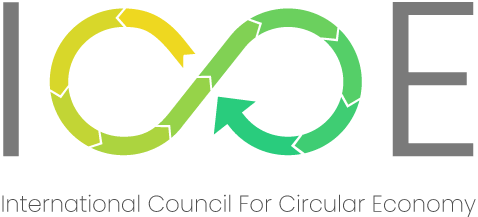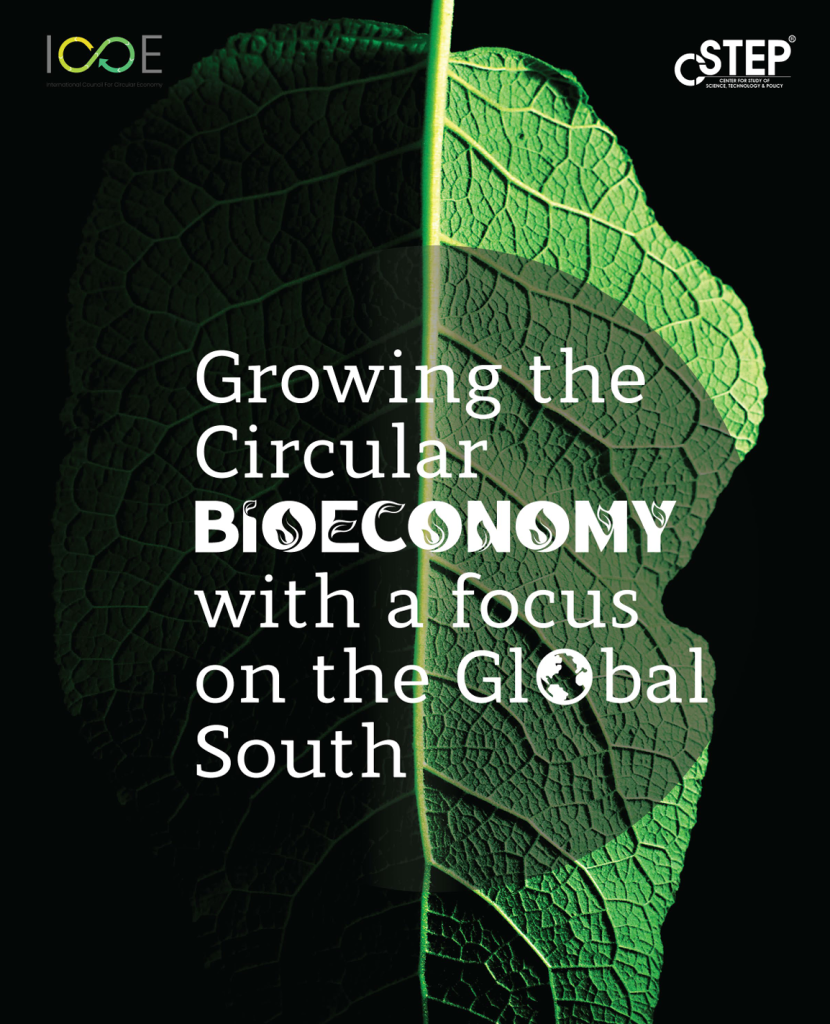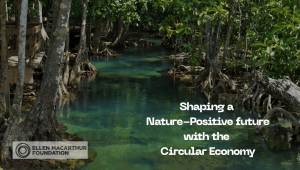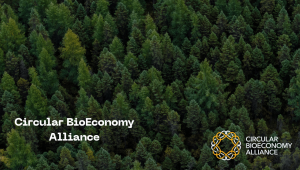Circular Bioeconomy
A circular bioeconomy relies on healthy, biodiverse and resilient ecosystems
A circular bioeconomy aims to promote sustainable well-being by harnessing ecosystem services and responsibly managing biological resources, encompassing plants, animals, microorganisms, and organic waste. These resources are circularly transformed into food, feed, energy, and biomaterials, all while respecting the ecological boundaries of the ecosystems we depend on.
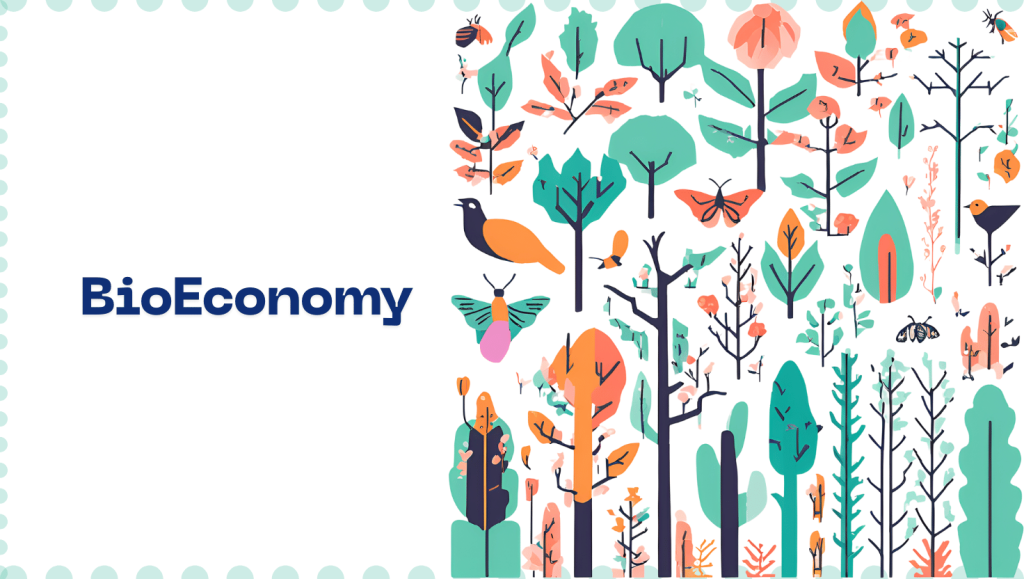
Need of Circular Bioeconomy
In the last 50 years, the biosphere upon which humanity depends, has been altered to an unparalleled degree. Our current economic model, which relies on fossil resources and is addicted to “growth at all costs”, is putting at risk not only life on our planet, but also the world’s economy. Biodiversity loss is widely recognised as a systemic risk that threatens not only our prosperity but our very future as a species.
To halt and reverse this loss, a transformative change to its main underlying cause – our extractive, wasteful and polluting economy – is urgently needed. The circular economy is being rapidly recognised as a powerful framework to achieve this seismic shift as it creates value in ways that rebuild biodiversity and provide other society-wide benefits.
Building Blocks
Recognizing that interventions to achieve a circular regenerative economy will require a systems approach, we have compiled the interventions needed for systems change, categorized under four main building blocks. Internalizing the analysis of barriers and solutions, we further explored policies and fundamental elements needed for achieving the change, including partnerships and collaboration.
Beyond immediate gains in food security, income generation, and employment, the circular bioeconomy emerges as a guardian of wider economic opportunities and social well-being. It endeavors to safeguard natural assets, from soils to water and air quality, fostering resilience against environmental challenges.’
A circular bioeconomy offers a conceptual framework for using renewable natural capital to holistically transform and manage our land, food, health and industrial systems as well as our cities.
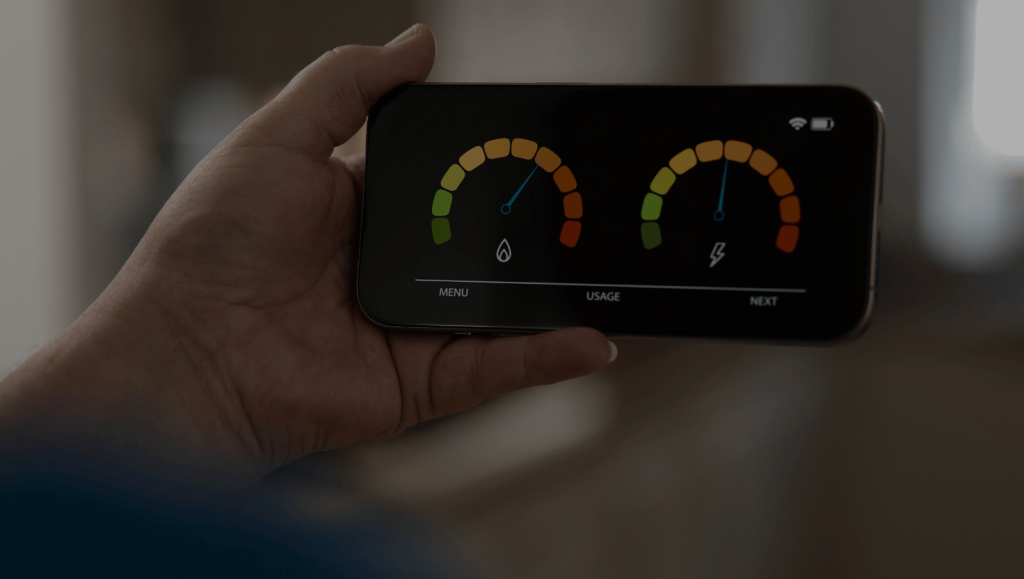

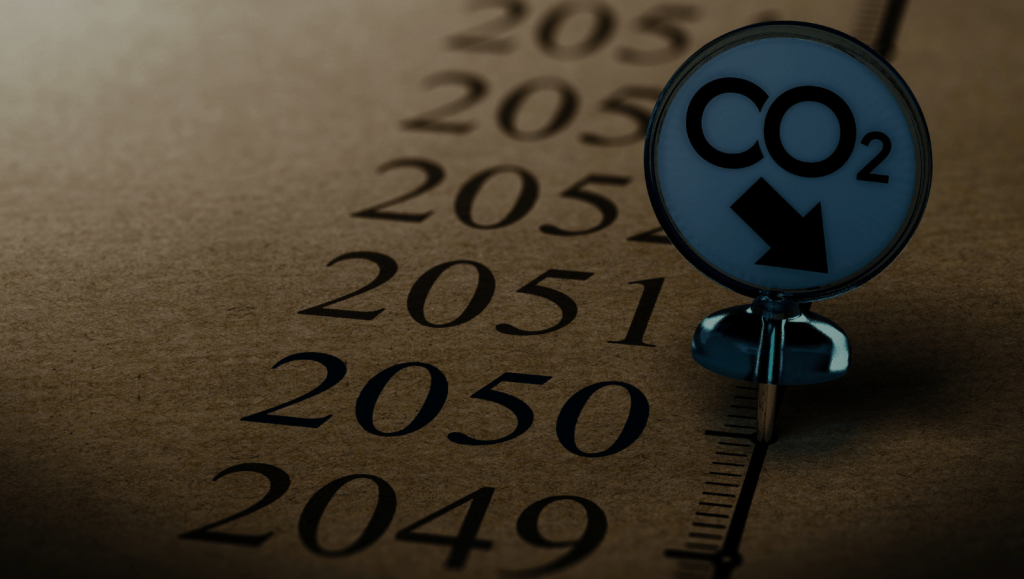
DIRECT DRIVERS OF BIODIVERSITY LOSS
- Land and sea use change: Human actions have significantly altered 77% of land and 87% of the area of the ocean. The loss of 83% of wild mammal biomass, and half that of plants, are linked to these vast changes.
- Overexploitation: In 2019, humanity was using nature and its resources at rates 1.75 times faster than the planet’s ecosystems can regenerate, disturbing habitats at extraction sites and overexploiting specific organisms.
- Climate change: Human actions have warmed the globe by more than 1°C compared to pre-industrial levels, and climate change has already negatively affected nearly half of threatened terrestrial mammals and a quarter of threatened birds.
- Pollution: Approximately 11 million tonnes of plastic are dumped into the world’s oceans each year – an amount expected to nearly triple by 2040 – affecting at least 267 species. Other pollutants, such as those from industrial, mining, and agricultural activities, have had strong negative impacts on soil, freshwater, and marine water quality, disrupting vital habitats.
- Invasive alien species: Since 1980, cumulative records of alien species have increased by 40%, with plant and animal invasions posing a risk to nearly a fifth of the Earth’s surface, impacting native species, ecosystem functions, and nature’s contributions to people.
Our Work in Global South
“The world today, especially countries in the Global South, are experiencing the adverse impacts of ecological collapses, water shortages, and degradation of natural assets. The production, consumption, and disposal of products in an economy have now become fundamental questions surrounding the preservation of the ecology and environment. For these countries a circular bioeconomy can play an instrumental role in reducing carbon emissions, increasing resilience to extreme weather, maintaining air and water quality, and safeguarding biodiversity.
ICCE published a White Paper titled ‘Growing the circular bioeconomy, with a focus on the Global South’ in collaboration with the Center for Study of Science, Technology and Policy (CSTEP).
The White Paper was released during the “Unveiling bio-based solutions from the Global South” session at the World Circular Economy Forum (WCEF) 2024, held in Brussels, Belgium. The paper calls for concerted action in the Global South to optimize the use of resources from agriculture, forestry and other biological sources to store carbon, increase climate resilience, safeguard nature, and grow local economies. By using agro-wastes, food wastes, sewage sludge and high-potential products such as hemp and innovating plant-based proteins, several goals for achieving a circular and regenerative bioeconomy can be accomplished in tandem.
The paper highlights that inter-departmental collaborations, stakeholder forums, financing avenues for start-up projects, and a data repository of inputs and outputs are needed to accomplish the target potential. It also provides a roadmap with a step-by-step plan for an effective bioeconomy implementation by gathering evidence, strategizing and prioritizing, acting and embedding, and monitoring and reviewing.
Global Initiatives
Get Involved in our projects




Tags: biogas, circular bioeconomy, nature
